The Role of Peer Modeling in ABA Therapy Success
Harnessing Peer Influence for Behavioral Transformation
Exploring Peer Modeling in ABA Therapy
Applied Behavior Analysis (ABA) therapy stands as a cornerstone for developing skills and improving the lives of individuals with autism and developmental disorders. Among the repertoire of ABA strategies, peer modeling emerges as a powerful tool, leveraging the dynamic of peer influence to foster behavioral changes and skill acquisition. This narrative delves into the function, effectiveness, and practical applications of peer modeling in therapeutic settings.
Understanding Peer Modeling in ABA Therapy
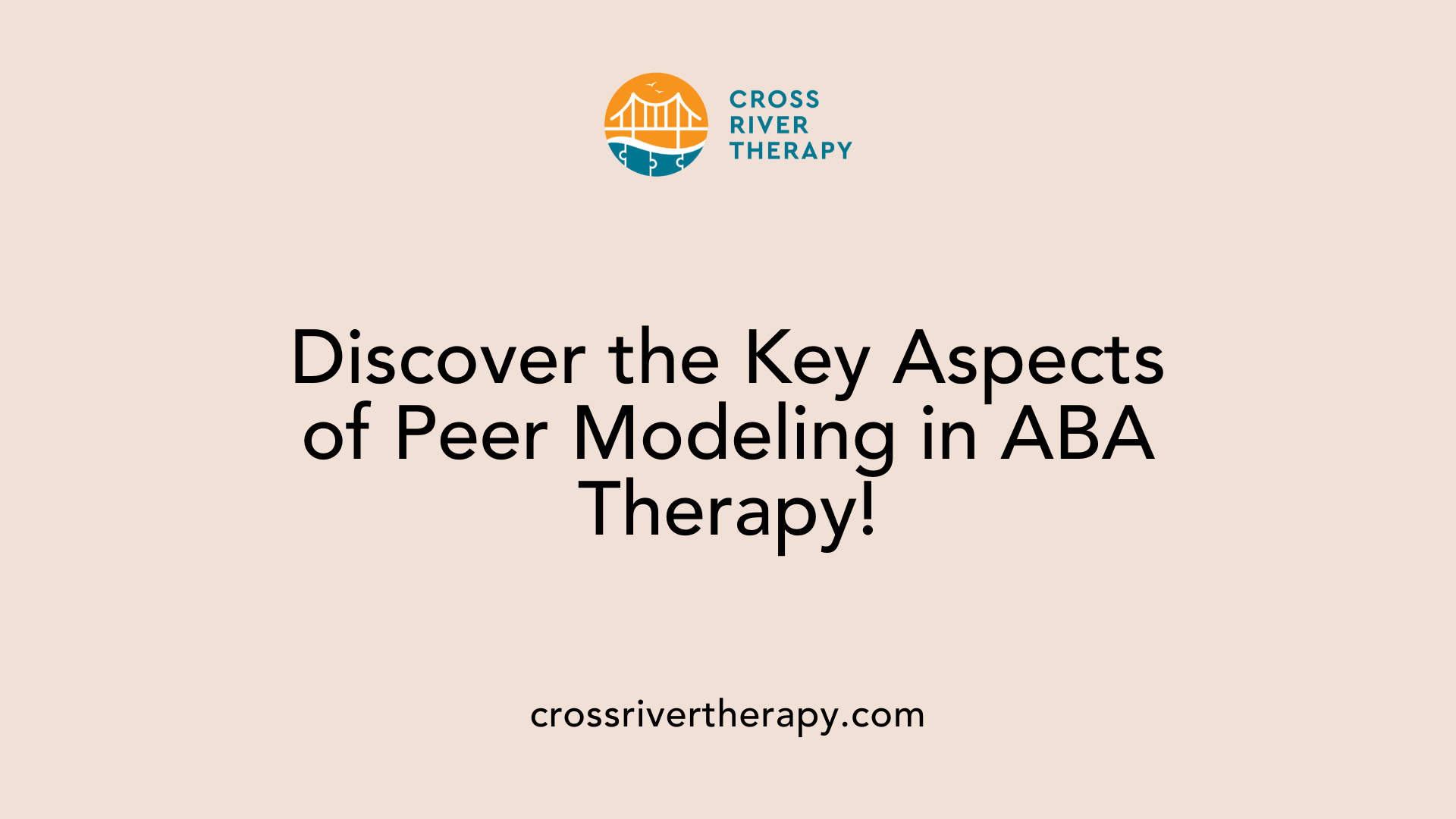
What is peer modeling and how is it implemented in ABA therapy?
Peer modeling in Applied Behavior Analysis (ABA) therapy is a powerful instructional strategy where peers demonstrate desired behaviors. This form of modeling allows individuals, especially those with autism spectrum disorder (ASD), to observe and imitate positive social interactions, communication skills, and daily routine behaviors. It significantly enhances learning outcomes by encouraging children to learn through observation in relatable contexts, such as classrooms.
The implementation of peer modeling involves several critical components:
- Identifying Target Skills: Before initiating peer modeling, it's essential to determine the specific skills or behaviors that need to be acquired. This can include social skills like turn-taking, sharing, or initiating conversation.
- Selecting Peer Models: choosing peers who demonstrate the desired behaviors effectively is critical. Ideally, these models should possess the social and communicative traits that foster an inviting and engaging learning environment.
- Demonstration: Peer models engage in real-world interactions or simulated scenarios where the target behaviors are exhibited. This demonstration can occur through real-time interactions (in vivo) or pre-recorded videos (video modeling).
- Prompting and Reinforcement: After the demonstration, prompts may help learners imitate desired behaviors, alongside reinforcement strategies to encourage successful attempts.
Types of Peer Modeling
There are two prominent types of peer modeling used in ABA therapy:
| Type | Description | Benefits |
|---|---|---|
| In Vivo PM | Learners are physically present as peers engage, enabling real-time observation and interaction. | Enhances immediate feedback and engagement. |
| Video PM | Utilizes pre-recorded videos showing peers engaging in desired behaviors for observational learning. | Can be accessible at any time for repeated viewing. |
Both methods are effective in different contexts and can be tailored to fit individual learning styles. They help improve not only social skills but also the overall understanding of social cues and norms for individuals on the autism spectrum.
By combining peer modeling with ABA techniques, students can better navigate social interactions and communication, leading to greater inclusivity and understanding in educational environments.
Proven Effectiveness of Peer Modeling
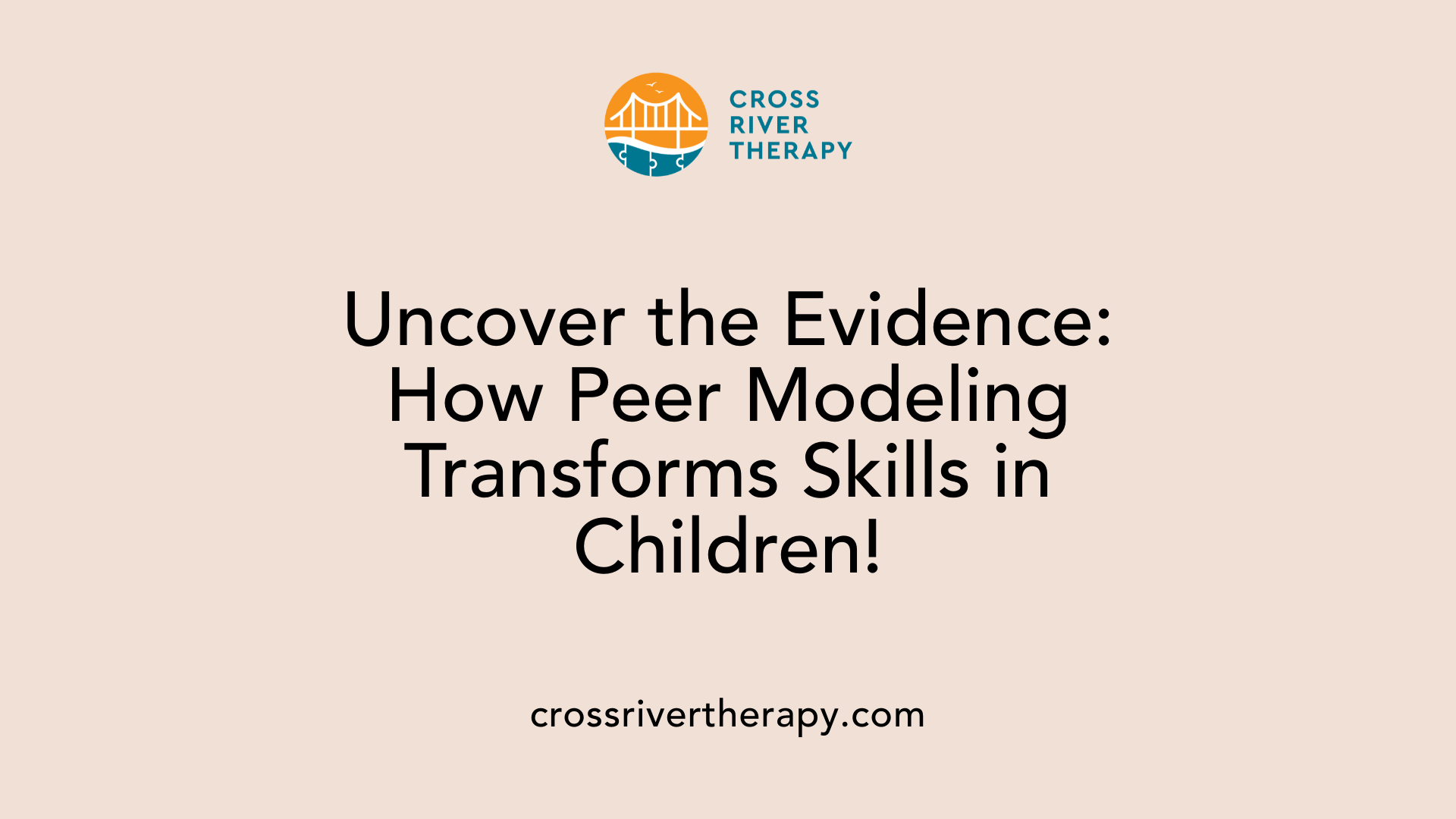
How effective is peer modeling in promoting skill acquisition and behavioral changes in children with autism and developmental disorders?
Peer modeling has proven to be highly effective in promoting skill acquisition and behavioral changes in children with autism and developmental disorders. Research highlights the impact of peer-mediated interventions (PMIs) in significantly improving social skills and communication, especially in children diagnosed with mild to moderate Autism Spectrum Disorder (ASD).
In a randomized controlled trial involving 55 children aged 4-12 with ASD, PMI showed remarkable results. Children in the experimental group demonstrated greater improvements in their Social Responsiveness Scale (SRS) scores compared to those in the control group. This indicates a notable enhancement in their social skills post-intervention. Furthermore, children who participated in peer modeling not only developed better social abilities but also displayed increased motivation and reduced undesirable behaviors.
Behavioral changes observed
The interventions tailored for these children included engaging social games that encouraged peer interactions. This not only improved their social skills but also enriched their overall social communication capabilities. For example, peer models were selected for their ability to illustrate desired behaviors, making it easier for learners to imitate and practice those behaviors in real-world scenarios.
Here’s a summary of notable impacts observed from peer modeling interventions:
| Aspect | Before Intervention | After Intervention | Notes |
|---|---|---|---|
| Social Skills | Limited engagement with peers | Increased interaction and participation | Positive peer relationships established |
| Communication Abilities | Difficulty in initiating conversations | Improved verbal exchanges | Enhanced confidence in social interactions |
| Motivation | Low interest in group activities | Higher enthusiasm in social settings | Increased willingness to engage |
| Behavioral Issues | Frequent disruptions and off-task behavior | Reduced undesirable behaviors | Positive changes in classroom dynamics |
Overall, effective training and structured interactions in peer modeling highlight the technique's significant role in fostering inclusivity and teamwork among peers, thereby benefiting both children with autism and their typical peers. By creating collaborative environments where children can learn from each other, peer modeling not only advances individual skills but also cultivates a supportive social climate.
Diverse Modeling Techniques in ABA
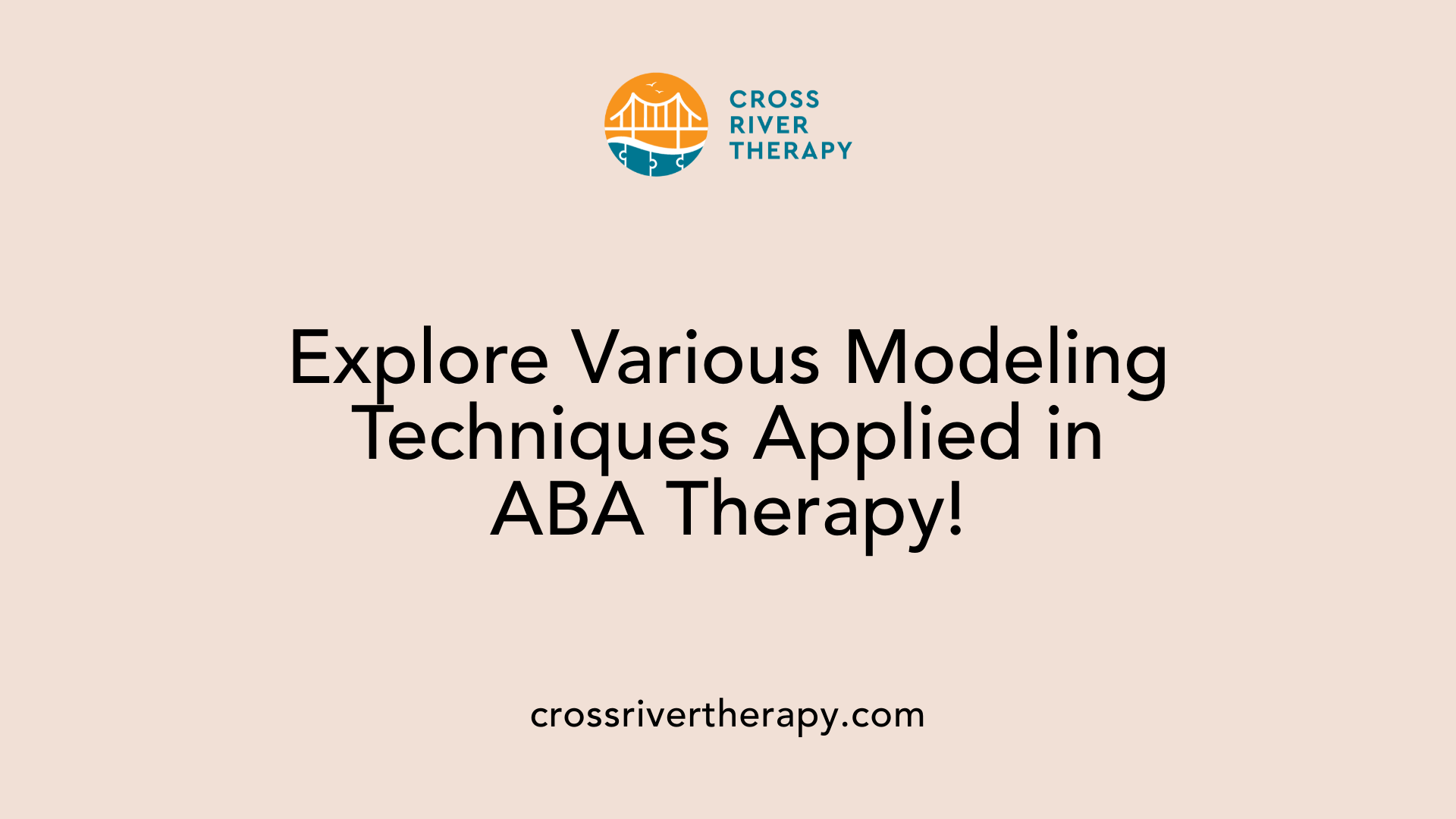
What are the different types and benefits of modeling techniques used in ABA therapy, and how are they applied in real-life situations?
Modeling is a cornerstone of Applied Behavior Analysis (ABA), allowing children to learn valuable skills through observation and imitation. There are several notable types of modeling techniques:
| Modeling Type | Description | Benefits |
|---|---|---|
| Live Modeling | Direct demonstration by a teacher or peer. | Engages learners effectively and allows immediate feedback. |
| Video Modeling | Pre-recorded demonstrations that learners can view. | Provides numerous opportunities to observe behavior, helpful for visual learners. |
| Peer Modeling | Involves peers demonstrating behaviors in social contexts. | Enhances social skills through relatable peer interactions. |
| Self-Modeling | Learners observe recordings of themselves displaying desirable behaviors. | Boosts self-efficacy and self-awareness at their own pace. |
Each technique caters to different learning styles and contexts, ensuring that learners can absorb and implement new behaviors effectively.
The benefits of these modeling techniques are multifaceted. For instance, visual learning via modeling is especially crucial for children with autism, as it translates complex actions into manageable visual formats. Additionally, using peer-mediated interventions fosters a supportive environment, motivating children through positive interactions.
In practical applications, these methods manifest in settings such as classrooms, where structured routines and peer support play a significant role. Teachers might utilize live modeling during social skill lessons, while video modeling can serve as resource materials for home practice. Collaborating with peers for role-play scenarios helps reinforce learned behaviors, ensuring that children can confidently transfer skills across various social situations.
Overall, integrating diverse modeling techniques within ABA therapy not only enhances engagement but also promotes effective skill acquisition, ultimately aiding in generalizing these skills to everyday interactions.
Theoretical Underpinnings of Peer Modeling
What is the theoretical background of peer modeling interventions, and how are they practically applied in educational settings?
The theoretical framework behind peer modeling interventions is rooted in social learning theory, which posits that individuals learn behaviors and acquire skills by observing and imitating others. This theory is complemented by the sociocultural perspective, particularly the concept of the zone of proximal development (ZPD). The ZPD suggests that learners can achieve higher levels of understanding and skill when they engage in social interactions with more knowledgeable peers.
In educational environments, peer modeling translates these theories into practical applications through strategies like scaffolding. In this approach, a peer model demonstrates desired behaviors or skills, guiding fellow students in mastering specific tasks. This method encourages collaboration, where learners engage in active dialogue and work together to solve problems.
A structured model for implementing peer learning focuses on several key components:
- Fostering Relationships: Creating a trusting and supportive atmosphere enables students to feel comfortable and motivated.
- Collaborative Learning: Encourages group work, where peers can share insights and provide constructive feedback.
- Assessment of Understanding: Utilizing assessments to evaluate individual and group progress ensures that learning objectives are being met.
Overall, peer modeling not only aids academic achievement but also enhances social and emotional skills. It fosters a more engaged classroom environment where students learn from one another, leading to richer educational experiences.
Research Evidence Supporting Peer Modeling
What academic research and evidence supports the success of peer modeling in therapeutic settings?
There is substantial academic research supporting the success of peer modeling in therapeutic settings, particularly for children with developmental disorders such as autism spectrum disorder (ASD).
Studies indicate that peer modeling enhances self-efficacy and social skills. After observing peers, children report improved social interactions and increased feelings of capability. For instance, research demonstrates that typical peer models often achieve higher social network centrality and friendship quality, showcasing the positive social impact of peer-mediated interventions.
Moreover, findings reveal that students who engage in peer modeling, along with constructive discussions, provide higher quality feedback. They also exhibit greater self-efficacy compared to their counterparts who do not participate in such modeling activities. Overall, the effectiveness of peer modeling is notably influenced by perceived similarity to the model, reinforcing children's learning and promoting social skill acquisition.
Enhancing ABA Therapy Through Peer Interactions
How Do Peer Interactions Enhance the Effectiveness of ABA Therapy?
Peer interactions serve as a powerful tool within Applied Behavior Analysis (ABA) therapy, providing children, especially those with autism spectrum disorder (ASD), a relatable environment to practice and refine their social skills. When educators and therapists incorporate structured group activities, children engage in essential behaviors such as turn-taking, greetings, and sharing.
Research emphasizes that these social learning opportunities not only enhance individual abilities but also instill confidence in social situations. The presence of typical peers, who serve as models, invites collaboration and creates a supportive atmosphere conducive to learning.
What Is the Impact on Therapy Participants?
The impacts of peer-mediated interventions are remarkable, particularly for children with mild to moderate ASD. A study involving 55 children showcased that those participating in peer-mediated interventions improved their social skills significantly more than those receiving standard ABA therapy. Here are key findings:
| Intervention Type | SRS Score Improvement | Target Group |
|---|---|---|
| Peer-Mediated Intervention | Significant | Mild to moderate ASD scholars |
| Traditional ABA Therapy | Minimal | General ASD population |
This evidence points to enhanced motivation and reduced undesirable behaviors, suggesting that peer interactions fundamentally alter the therapy landscape.
What Role Does This Play in Skill Development?
Incorporating peer interactions in ABA therapy allows for crucial skill development in actual social contexts. Techniques such as role-playing and social stories help children practice while being supported by peers, solidifying their understanding of social cues and norms. These interventions not only refine specific skills but also prepare children for successful integration into broader social settings.
Moreover, through structured routines and visual supports, students with ASD experience reduced anxiety, enabling them to engage more fully in social interactions. By reinforcing relationships and promoting acceptance, ABA therapy enriched by peer interactions lays the groundwork for sustained social success.
Implementing Peer Modeling in Schools
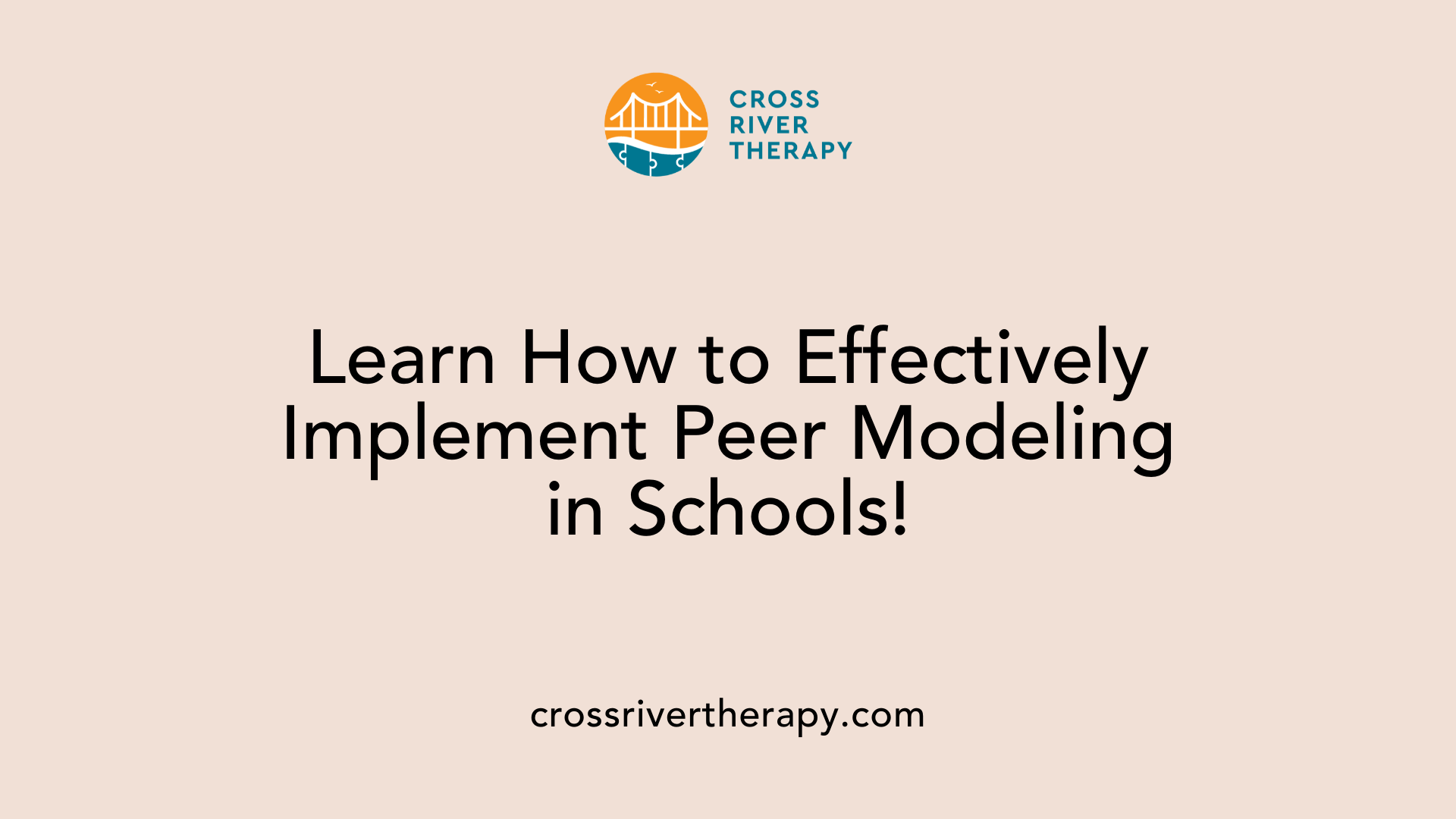
Integration into school settings
Integrating peer modeling within schools creates opportunities for students, particularly those with autism spectrum disorder (ASD) and other developmental disabilities, to learn through observation and imitation. This method aligns with Applied Behavior Analysis (ABA) principles that emphasize social skills development and peer interactions. Schools can implement structured activities that promote peer modeling, like social games that encourage engagement, and reinforce desired behaviors across various settings.
Collaborative team approach
A successful peer modeling program requires a collaborative team approach. Educators, behavior analysts, therapists, and parents must work together to design and implement individualized learning plans. By combining their expertise, they can create a comprehensive support system that tailors interventions to meet the unique needs of each student. This teamwork is essential for fostering social inclusion and ensuring effective learning environments.
Professional development for educators
Professional development is crucial for equipping teachers and staff with the skills to implement peer modeling effectively. Training on ABA principles and peer-mediated strategies promotes a clear understanding of how to support students. Ongoing training ensures that educators can adapt modeling techniques to different learning styles, facilitating better outcomes and increased academic success for students with ASD and similar challenges.
Case Studies and Real-World Applications
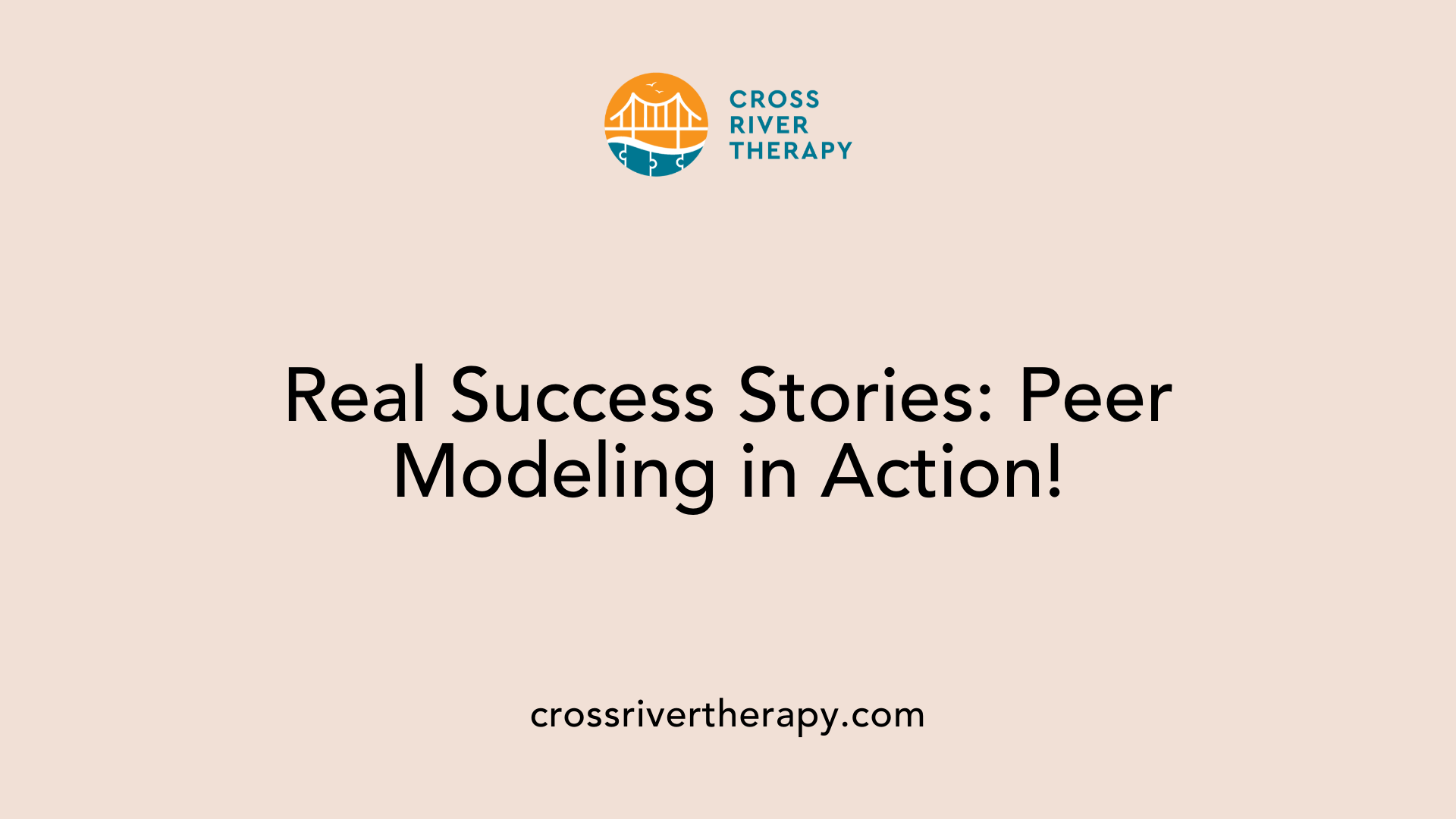
Examples of Successful Peer Modeling
Peer modeling has shown significant potential in multiple case studies focusing on children with autism spectrum disorder (ASD). For instance, a study by Kasari et al. (2016) implemented peer-mediated interventions among preschoolers with ASD, where peers modeled social behaviors during play. The children with ASD exhibited noticeable improvements in their interactions, illustrating the power of peer influence on learning social skills.
Observations from Real-Life Scenarios
In a classroom setting, a notable example involved a child with mild ASD who was paired with a typically developing peer during group activities. Over several weeks, the child began to imitate positive social interactions, such as greetings and sharing. Teachers observed that the non-ASD peer's modeling had a direct impact on improving the child's engagement during group work and play.
Impact on Inclusive Education
The integration of peer modeling in educational environments has enhanced social inclusion. For instance, schools implementing structured peer modeling approaches, such as in vivo and video modeling, reported advancements in both academic and social behaviors among students with ASD. These programs create a supportive atmosphere where students learn from each other, promoting empathy and understanding across diverse learning needs, thus reinforcing the importance of tailored interventions in inclusive education.
The Future of Peer Modeling in Therapeutic Practices
Peer modeling continues to revolutionize ABA therapy by offering an inclusive, interactive, and effective approach to learning for individuals with autism and developmental disorders. As evidence and successful applications continue to emerge, educators, therapists, and families can confidently invest in peer-mediated strategies to maximize therapeutic outcomes. By fostering environments that embrace peer influence, ABA therapy not only enhances skill development but cultivates a community of empathy, understanding, and support.
References
- How Does Modeling Work in ABA Therapy?
- Effectiveness of peer-mediated intervention on social skills for ...
- Peer modeling interventions. - APA PsycNET
- Integrating ABA Therapy in Schools: Strategies for Success
- Beyond Behavior: ABA Therapy and Social Success
- Benefits of ABA Therapy for Children with Autism
- The Importance of Peer-Based, Social Skills Groups for Autism
- The Benefits of ABA Therapy for Children with Autism



